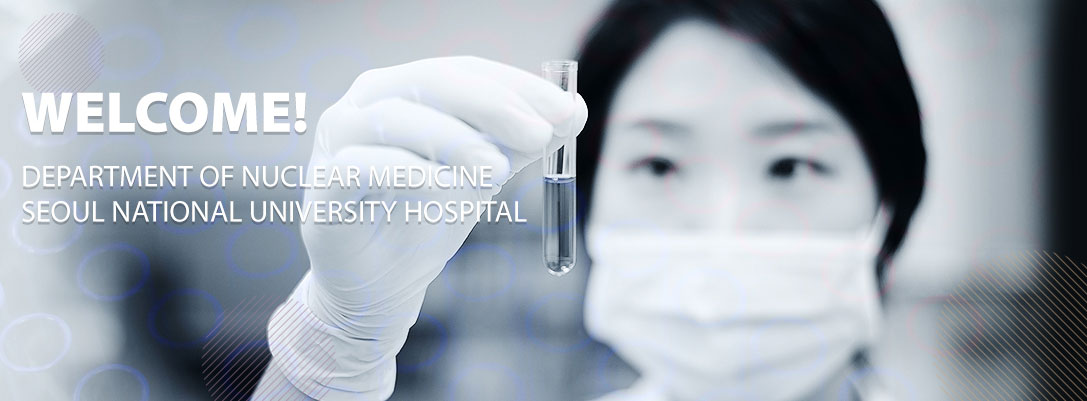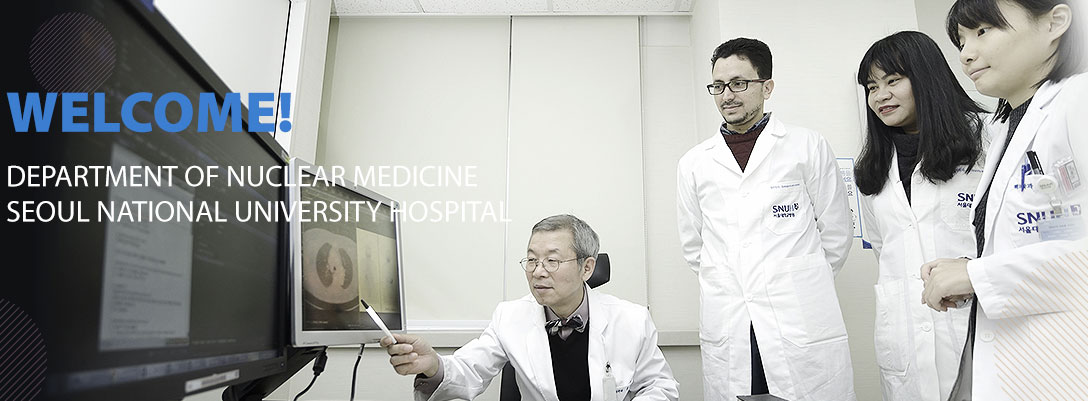Gamma | The usefulness of collimator-detector response compensation algorithm …
페이지 정보
작성자 : 서울대 핵의학과 작성일2017-02-01 조회3,383회관련링크
본문
1Jong Min Seung, 2Joong Hyun Kim, 1Hong Jae Lee, 1Hyun Joo Kim, 1,2Jae Sung Lee, 1,2Dong Soo
Lee
1Dept. of Nuclear Medicine, Seoul National Univ. Hospital
2Dept. of Nuclear Medicine, Seoul National U
Objective
There has been an effort to develop collimator-detector response (CDR) compensation algorithms recently. Those algorithms achieve higher contrast, better spatial resolution and shorter scan time than standard iterative reconstruction. The aim of this study was to evaluate one of the newest CDR compensation algorithms, Evolution (GE Healthcare, WI, USA).
Methods
GE Discovery NM/CT 670 (GE SPECT/CT, USA) was used for phantom studies. NEMA SPECT Triple Line Source Phantom (Data Spectrum Corp., NC, USA) study was performed with short and long radiuses for resolution comparison. NEMA PET IEC Body Phantom (Data Spectrum Corp.) study was performed for the comparison of contrast ratio and background variability between full time (30 sec/frame) and half time acquisition (15 sec/frame). All quantitative evaluations were performed following NEMA NU 1-2007 standards. For qualitative evaluation, Hoffman 2-D Brain Phantom (Data Spectrum Corp.) and patients’ SPECT (thyroid, knee, and spine) images were compared. All images were reconstructed with and without Evolution algorithm, respectively.
Results
The FWHM was slightly better with Evolution (14.7 mm) than without (15.1 mm) for long radius scan, however, it showed opposite result (13.3 vs. 12.9 mm) for short radius scan. The contrast ratio was higher with Evolution than without for both of full time (15.1%) and half time acquisition (23.0%). The background variability was slightly higher with Evolution than without, but it was not significant. In 2D Hoffman phantom images, there was no significant difference between with and without Evolution. However, patient images with Evolution showed better image quality than without.
Conclusion
The Evolution presented better image quality than standard iterative reconstruction algorithm. Thus, we expect that CDR compensation algorithm such as Evolution in iterative reconstruction will be useful for clinical applications.







